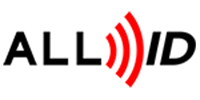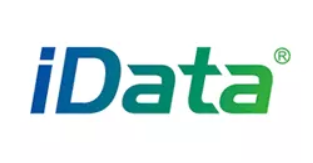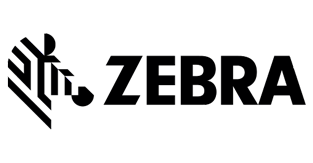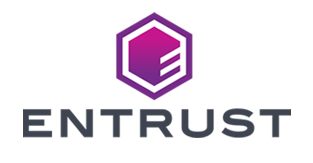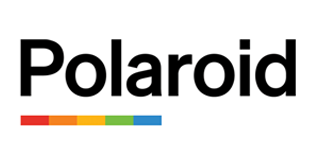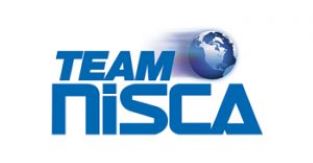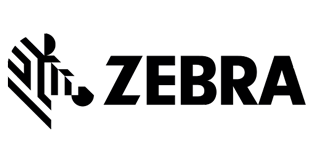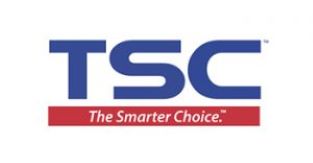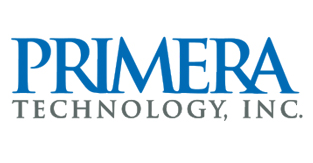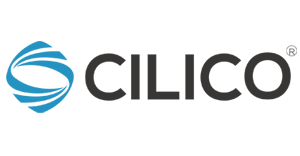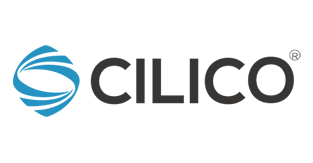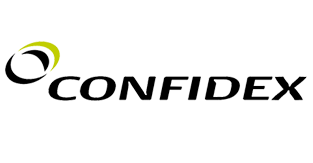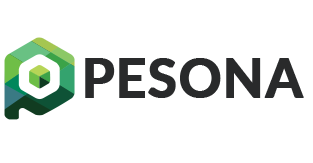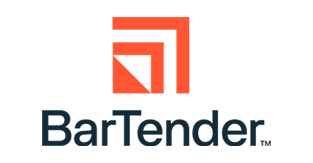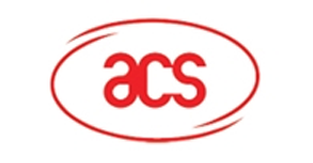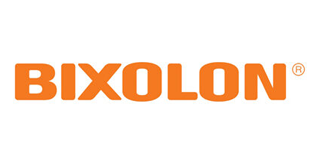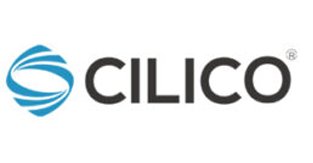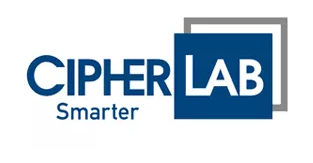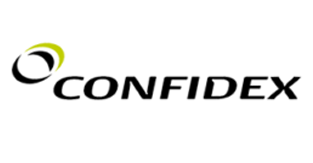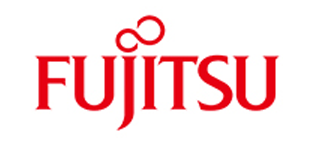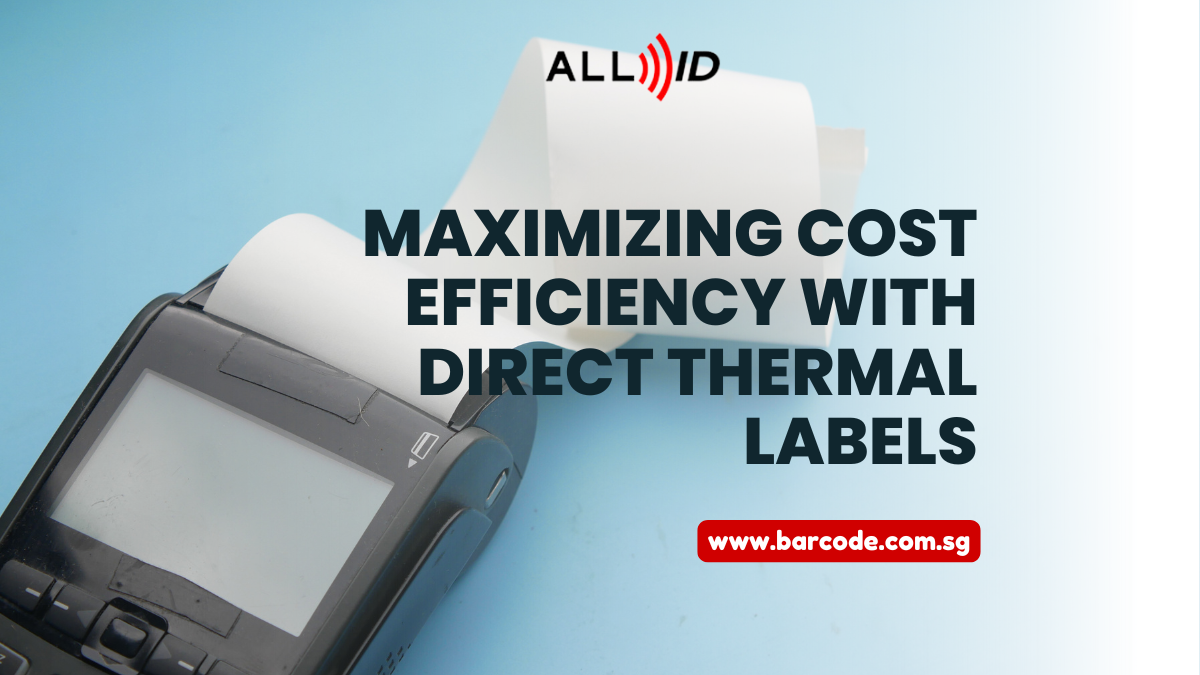Efficiency and cost-effectiveness are the cornerstones of a successful business. Whether you’re managing a warehouse, running a retail store, or overseeing a logistics operation, choosing the right labeling solution can significantly impact your bottom line.
Among the various labeling technologies available today, Direct Thermal labels have emerged as the preferred choice for short-term applications. They offer a streamlined, ribbon-free printing process that reduces costs and simplifies operations. But is this technology right for your business?
What Are Direct Thermal Labels?
Direct Thermal labels are a type of heat-sensitive material that reacts to the application of heat to produce text, images, or barcodes. Unlike other printing technologies, such as Thermal Transfer or Inkjet printing, Direct Thermal labels do not require any ink, toner, or ribbons. Instead, they use a specially coated surface that darkens when exposed to the thermal printhead.
How Does Direct Thermal Printing Work?
The Direct Thermal printing process is straightforward:
- A Direct Thermal printer uses a thermal printhead to apply heat to the label’s surface.
- The heat activates the chemically treated coating on the label.
- The activated areas darken to create sharp text, barcodes, or graphics.
This ribbon-free process eliminates the need for consumables like ink or toner, making it one of the most affordable and low-maintenance printing methods available.
Key Benefits of Direct Thermal Labels for Cost Efficiency
1. Elimination of Consumables
One of the standout features of Direct Thermal printing is its ribbon-free operation. Unlike Thermal Transfer printers, which require a ribbon to transfer ink onto the label, Direct Thermal printers operate without ink, toner, or ribbons.
- Cost Savings: By eliminating consumables, businesses can reduce their ongoing operational expenses.
- Less Waste: Fewer consumables mean less waste, which contributes to a more sustainable operation.
- Simplified Management: No need to stock and replace ribbons or ink cartridges.
2. Lower Maintenance Costs
Direct Thermal printers have fewer moving parts compared to other printing systems. This leads to:
- Lower repair costs
- Reduced downtime for maintenance
- Longer printer lifespan
For businesses handling high volumes of labels, this reduced maintenance burden translates into both time and cost savings.
3. High-Speed Printing
Speed is critical in industries like logistics, warehousing, and retail. Direct Thermal printers are capable of printing at high speeds without compromising quality. This allows businesses to streamline operations, increase productivity, and meet tight deadlines.
4. Energy Efficiency
Direct Thermal printing requires minimal energy because it avoids complex processes like ribbon heating or inkjet spraying. This can contribute to lower energy costs, especially for businesses running multiple printers simultaneously.
5. Cost-Effective Hardware
Direct Thermal printers are typically more affordable than Thermal Transfer or Inkjet printers. Their lower upfront cost makes them ideal for small businesses or startups looking to invest in efficient labeling solutions without breaking the bank.
6. Perfect for Short-Term Applications
Since Direct Thermal labels are designed for short-term use, they are an ideal choice for applications such as:
- Shipping labels
- Receipts
- Event tickets
- Inventory tagging
These short-term applications do not require the durability of more expensive solutions, making Direct Thermal a cost-effective choice.
Industries That Benefit from Direct Thermal Labels
1. Logistics and Shipping
Direct Thermal labels are a staple in the shipping and logistics industry due to their speed, efficiency, and cost-effectiveness. Companies like FedEx, UPS, and Amazon rely on Direct Thermal technology to produce shipping labels quickly and affordably.
Why It Works: Shipping labels typically have a short lifespan (a few days), making durability less of a concern. Direct Thermal labels meet this need at a low cost.
2. Retail
Retailers use Direct Thermal labels for printing receipts, price tags, and barcode labels. POS systems integrated with Direct Thermal printers ensure quick and hassle-free printing.
Example: Supermarkets like Walmart and convenience stores use Direct Thermal receipts that customers don’t need to keep for long.
3. Healthcare
In hospitals and clinics, Direct Thermal labels are commonly used for:
- Patient wristbands
- Prescription labels
- Laboratory specimens
The quick and clear printing capability of Direct Thermal technology is invaluable in time-sensitive medical environments.
4. Inventory Management
Warehouses and distribution centers use Direct Thermal labels for:
- Temporary inventory tags
- Shelf labels
- Picking and packing slips
Why It Works: These labels are printed quickly and efficiently for short-term tracking.
5. Food and Beverage
Restaurants, bakeries, and grocery stores use Direct Thermal labels for:
- Expiry date tags
- Takeout orders
- Price labels
These businesses benefit from the fast and affordable labeling process for items that don’t need long-term labels.
6. Event Management
Tickets, wristbands, and passes are often printed using Direct Thermal labels due to their affordability and simplicity.
Example: Music festivals and sporting events use Direct Thermal labels for temporary entry passes.
Limitations of Direct Thermal Labels
While Direct Thermal labels offer numerous advantages, it’s important to understand their limitations:
1. Short Lifespan
Direct Thermal labels are not designed for long-term use. Exposure to heat, sunlight, or friction can cause the text to fade.
2. Sensitivity to Environmental Conditions
The heat-sensitive coating on Direct Thermal labels makes them vulnerable to:
- High temperatures
- Humidity
- Direct sunlight
3. Limited Design Options
Direct Thermal printing only supports monochrome (black) printing, which may not be suitable for applications requiring color-coding or high-resolution designs.
4. Not Suitable for Harsh Environments
For industries requiring labels to withstand chemicals, abrasion, or moisture, alternatives like Thermal Transfer or Polyester labels are more appropriate.
Alternatives to Direct Thermal Labels
If Direct Thermal printing does not meet your needs, consider these alternatives:
- Thermal Transfer Labels
- Use a ribbon to transfer ink onto the label surface.
- Ideal for long-term durability and harsh environments.
- Polyester Labels
- Made from synthetic material, resistant to moisture, chemicals, and abrasion.
- Suitable for industrial and outdoor applications.
- Inkjet Labels
- High-quality, full-color printing for custom applications.
- Ideal for product labels and branding.
Maximizing Efficiency with Direct Thermal Labels
To get the most out of Direct Thermal labels, follow these tips:
- Choose High-Quality Labels
- Invest in premium-grade Direct Thermal labels to improve print clarity and minimize fading.
- Proper Storage
- Store labels in a cool, dry environment to prevent premature activation of the coating.
- Adjust Print Settings
- Optimize print density and speed settings to extend the life of the thermal printhead.
- Automate the Printing Process
- Integrate Direct Thermal printers with inventory and shipping software for increased efficiency.
- Regular Printer Maintenance
- Clean the thermal printhead regularly to ensure consistent print quality and prevent wear.
Direct Thermal labels are an excellent choice for businesses seeking a cost-effective, low-maintenance labeling solution for short-term applications. From shipping and logistics to retail and healthcare, this technology provides significant savings and operational efficiency.
By understanding the benefits, limitations, and best practices for Direct Thermal printing, businesses can optimize their labeling process, reduce costs, and improve productivity.
Discover Cost-Effective Labels Today!
Explore our full range of Direct Thermal Labels and printers at barcode.com.sg.
